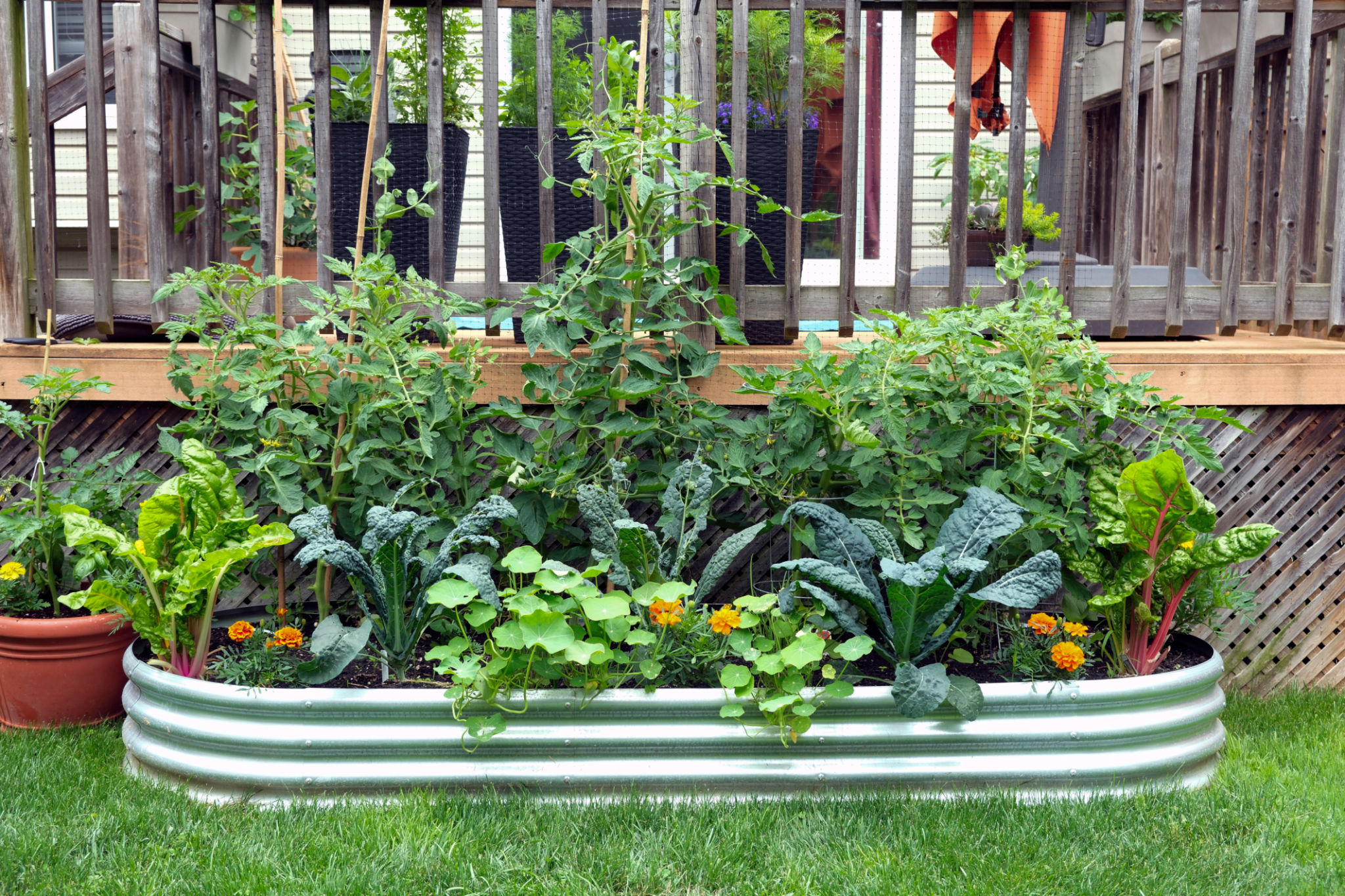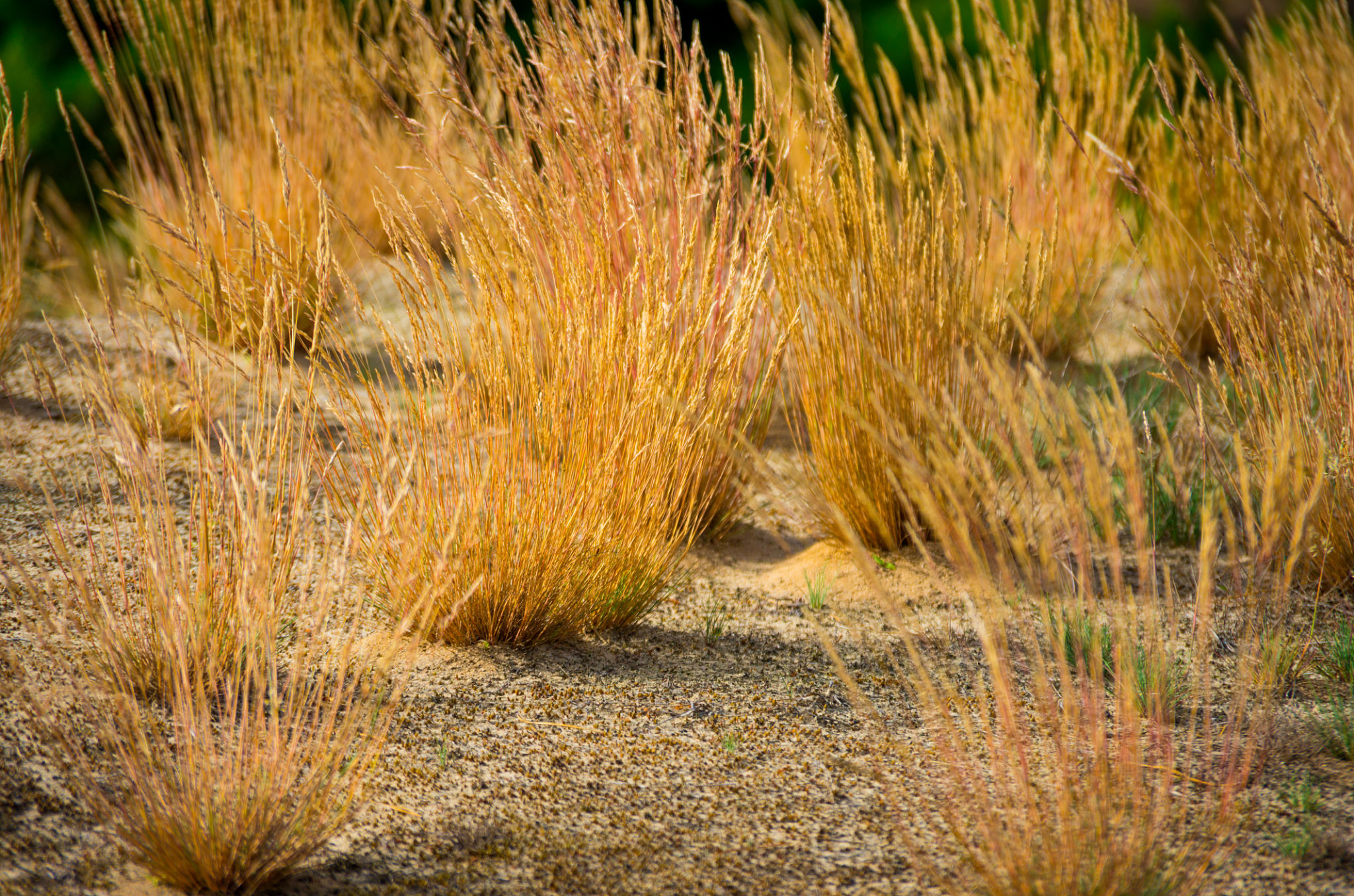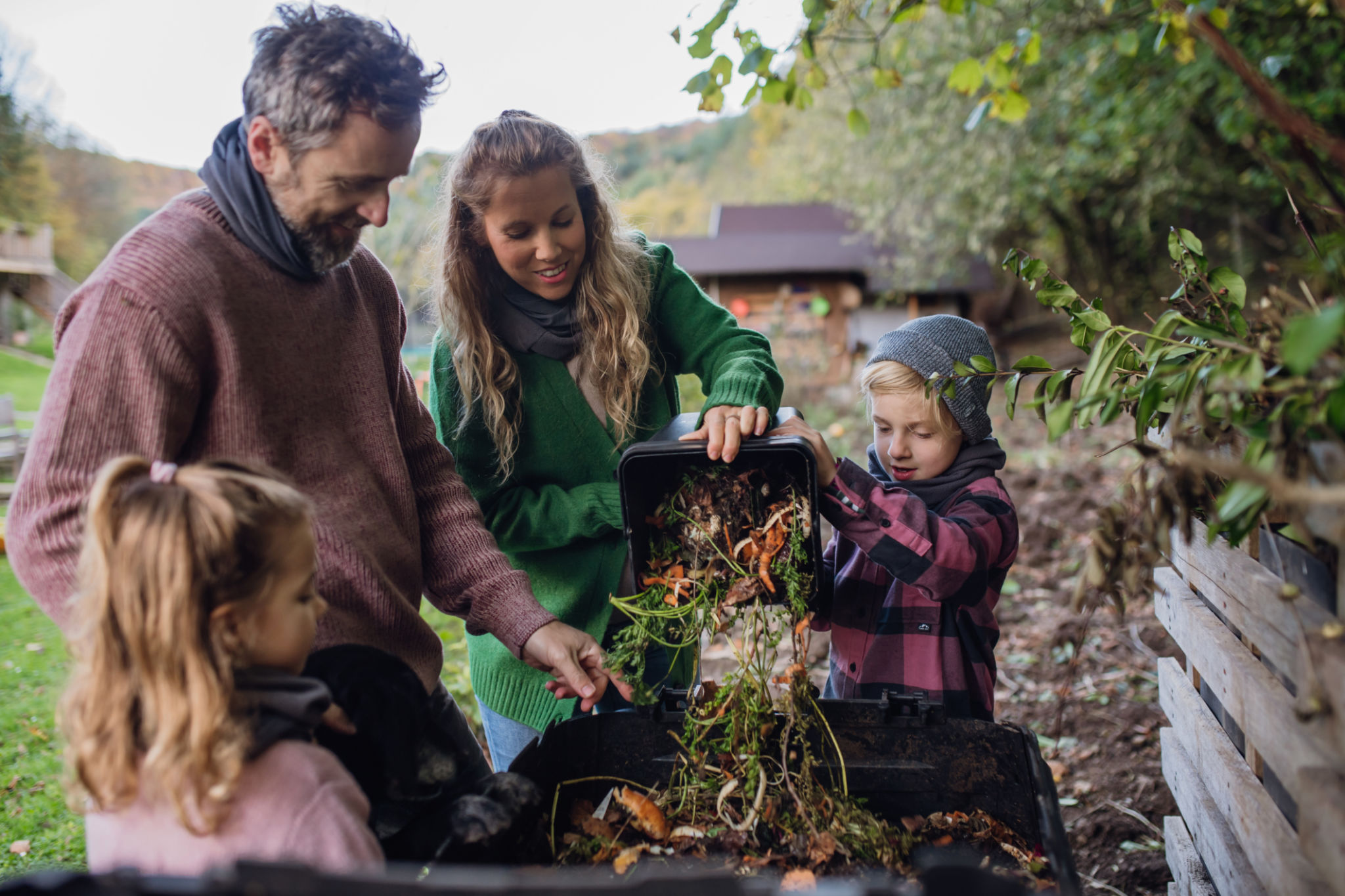Eco-Friendly Lawn Treatments: Texas Trends and Innovations
Understanding Eco-Friendly Lawn Treatments
With environmental concerns on the rise, many homeowners in Texas are turning to eco-friendly lawn treatments. These sustainable practices not only enhance the beauty of lawns but also protect local ecosystems and conserve water. Understanding the basics of eco-friendly lawn care is essential for those looking to make a positive impact on their environment.
Eco-friendly lawn treatments focus on reducing chemical use, conserving water, and promoting biodiversity. By adopting these practices, homeowners can enjoy lush, green lawns without compromising the health of their surrounding environment.

Water Conservation Techniques
In Texas, where drought conditions can be a frequent challenge, water conservation is a top priority for eco-friendly lawn care. Homeowners are increasingly adopting techniques such as rainwater harvesting and the use of drought-resistant grass varieties. These methods help maintain lawns during dry spells while significantly reducing water usage.
Additionally, smart irrigation systems that adjust watering schedules based on weather conditions are becoming popular. These systems ensure that lawns receive the optimal amount of water, minimizing waste and promoting healthier growth.
Drought-Resistant Grass Varieties
Choosing the right grass variety is crucial for sustainable lawn care in Texas. Drought-resistant grasses such as Bermuda and Buffalo grass are excellent choices. These grasses require less water and are more resilient to the harsh Texan climate, making them ideal for eco-conscious homeowners.

Natural Pest Control Solutions
Traditional pest control methods often rely on harmful chemicals that can damage the environment. Eco-friendly alternatives focus on natural solutions that target pests without harming beneficial insects or wildlife. For instance, introducing beneficial insects like ladybugs can help control aphid populations naturally.
Using organic fertilizers and compost can also improve soil health, making plants more resistant to pests and diseases. This holistic approach not only protects lawns but also supports a thriving ecosystem.
Integrated Pest Management
Integrated Pest Management (IPM) is a comprehensive strategy that combines various eco-friendly pest control methods. By monitoring pest populations and implementing targeted treatments, IPM minimizes chemical use while effectively managing lawn pests. This approach is gaining popularity among Texas homeowners for its balanced and sustainable results.

Innovations in Organic Fertilizers
The use of organic fertilizers is another trend gaining traction in Texas lawn care. Unlike synthetic fertilizers, organic options enrich the soil with natural nutrients, promoting healthy plant growth without the risk of chemical runoff. Common organic fertilizers include compost, bone meal, and fish emulsion.
These fertilizers not only nourish lawns but also enhance soil structure and microbial activity. As a result, they contribute to a healthier and more sustainable landscape.
Benefits of Composting
Composting is an excellent way to recycle yard waste and kitchen scraps into nutrient-rich soil amendments. By incorporating compost into lawn care routines, homeowners can reduce waste and improve soil quality naturally. This practice supports eco-friendly gardening by enriching soil health and reducing dependency on chemical fertilizers.

The Role of Native Plants
Incorporating native plants into lawn designs is another effective way to promote sustainability. Native plants are well-adapted to local climate conditions and require less water and maintenance than non-native species. They also provide essential habitats for local wildlife and pollinators.
By choosing native plants for landscaping, Texas homeowners can create beautiful yet sustainable outdoor spaces that support biodiversity and reduce environmental impact.
Creating Wildlife-Friendly Gardens
Designing gardens that attract birds, bees, and butterflies not only enhances the beauty of a yard but also contributes to local ecology. Planting a variety of flowering plants and shrubs can provide food and shelter for these creatures, promoting a balanced ecosystem right in your backyard.